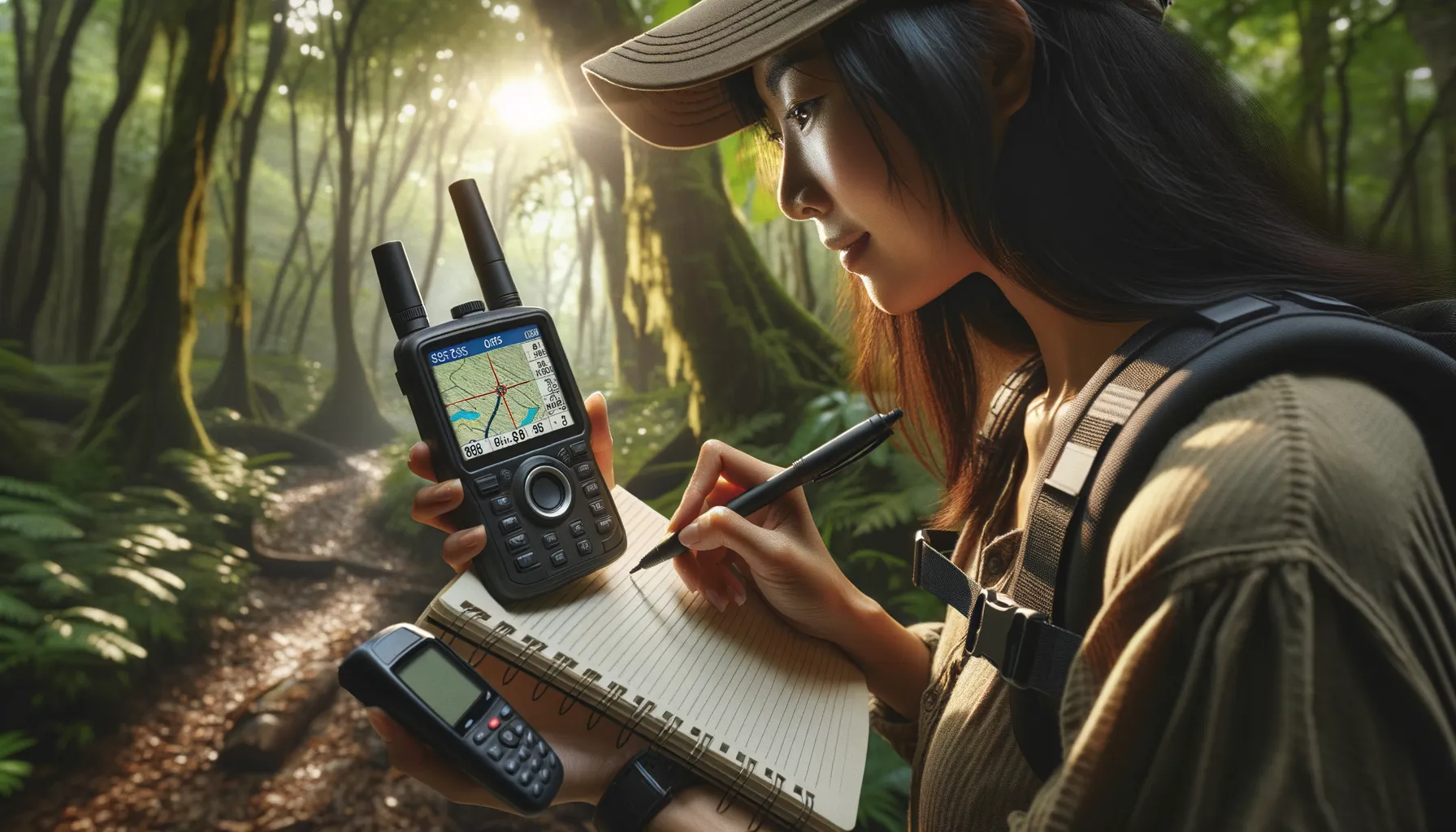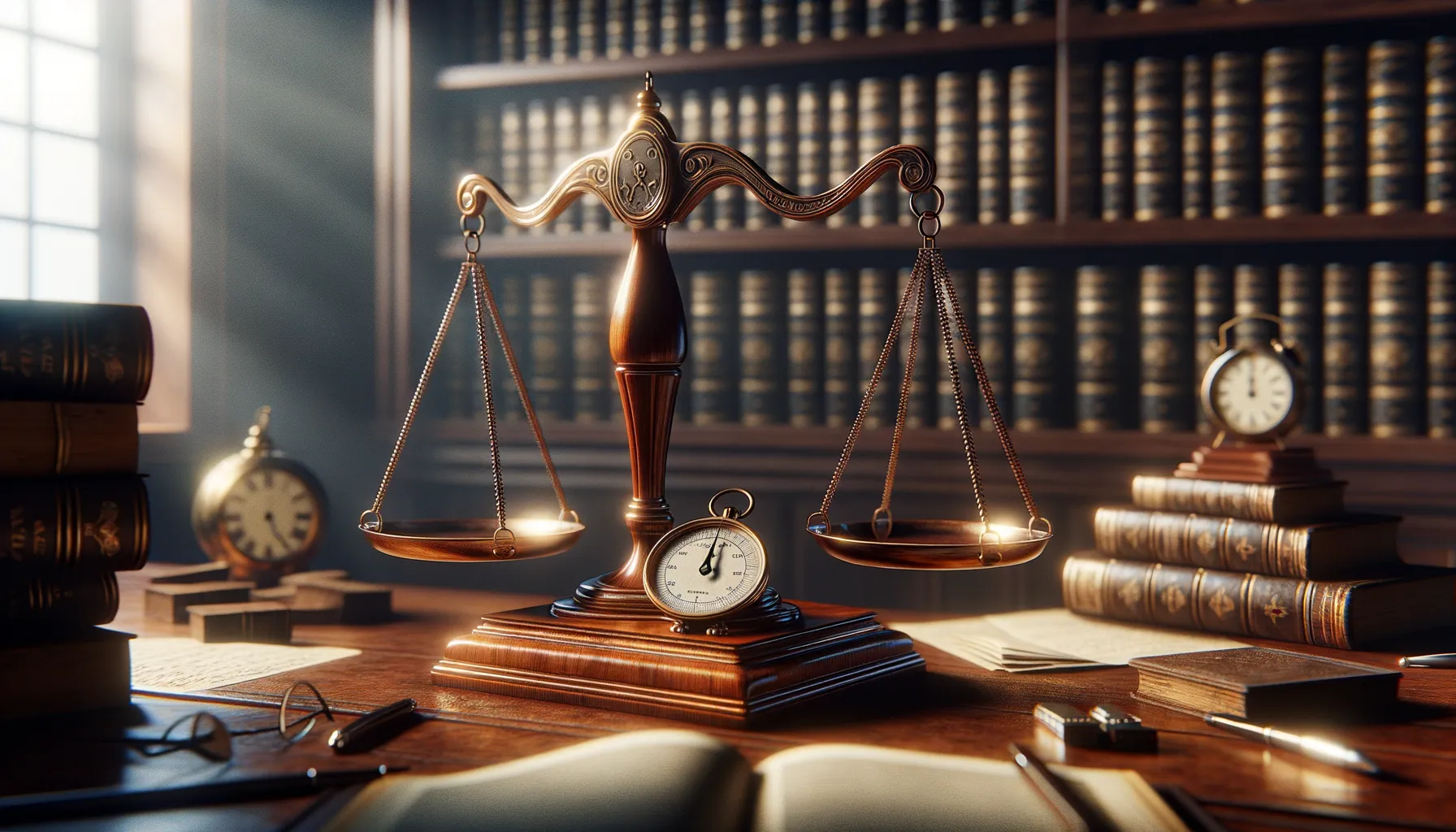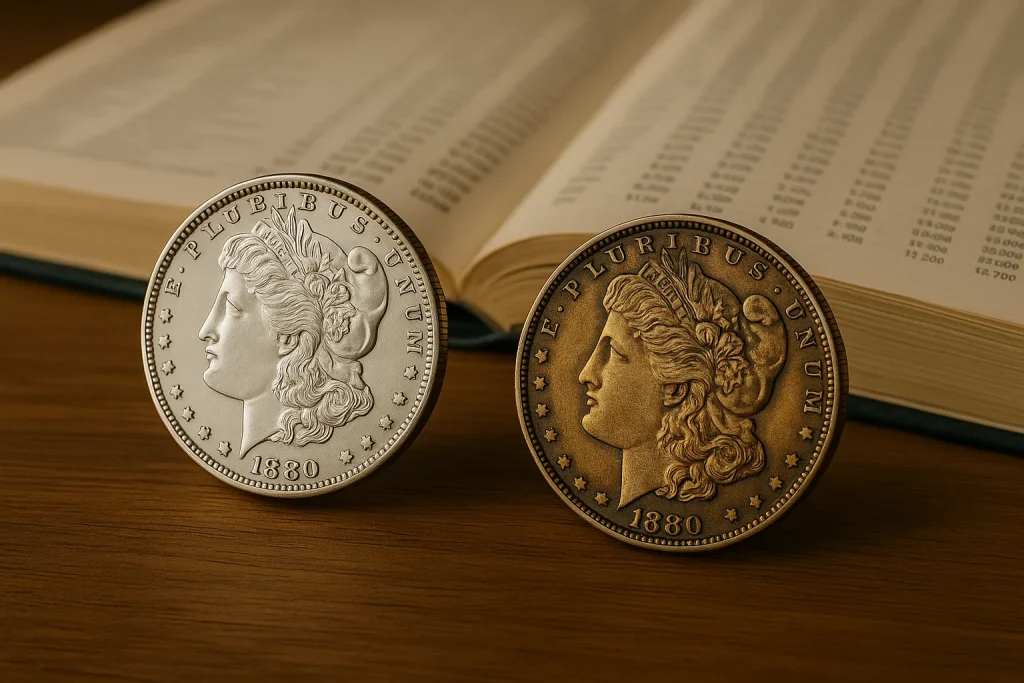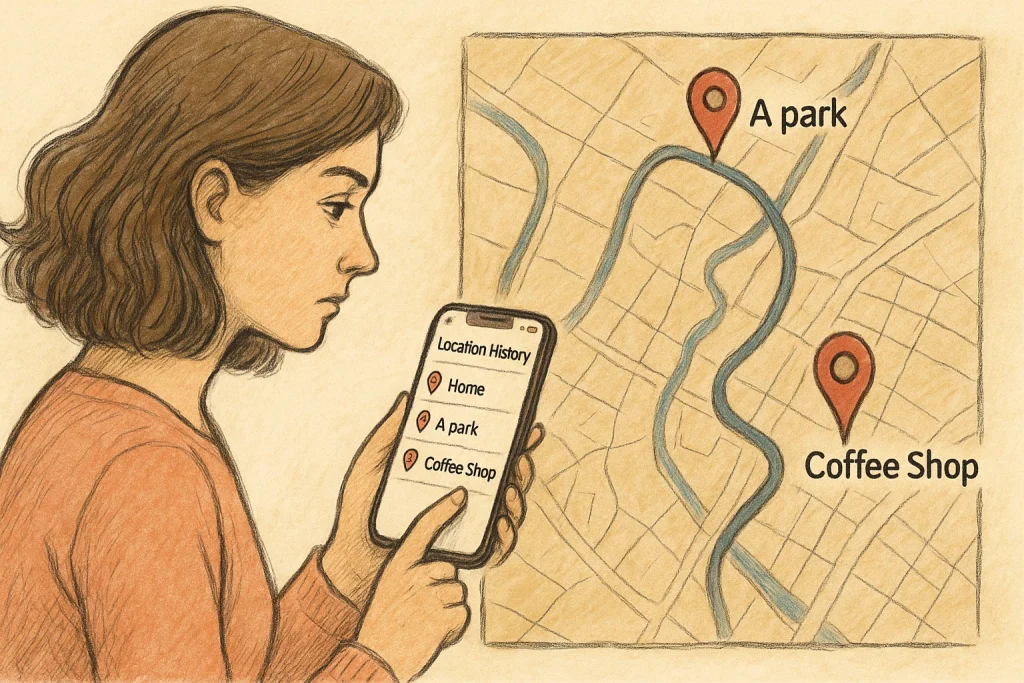Understanding the Importance of GPS in Coin Hunting
Imagine standing in a vast field, metal detector humming, your heart racing with the thrill of discovery. You unearth a coin—an artifact with its own story, its own secrets. But here’s the question: how will you remember exactly where you found it? That’s where the magic of GPS technology becomes your ultimate treasure map.
Why Location Matters More Than You Think
Finding a coin is about more than just the object. Its location can reveal layers of history like a well-worn book. Was it near an old trading route? A forgotten battle site? By documenting precise GPS coordinates, you’re preserving context, not just for yourself but for future enthusiasts and historians.
Without logging this data, you risk turning a treasured find into an isolated artifact, stripped of its connection to the past. Think about it—it’s like finding a puzzle piece but losing the box lid with the picture. GPS ties everything together.
How GPS Elevates Your Coin Hunting Game
- Accurate Mapping: Pinpoint exact locations so you can revisit or share promising sites.
- Patterns and Insights: Spot trends by tracking finds over time—clusters may point to historic activity!
- Preservation: Provide valuable records for others while ensuring the site’s integrity is respected.
Think of your GPS as your coin hunting diary, silently jotting down memories that would fade otherwise. And let’s be honest—aren’t those moments of discovery too precious to leave to chance?
How to Record GPS Coordinates for Your Finds

Why Capturing Coordinates Feels Like Treasure Mapping
Recording GPS coordinates for your coin finds is like creating an invisible treasure map—except this one isn’t buried where X marks the spot. It’s a digital breadcrumb trail, ensuring your discoveries are forever tied to their origins. Here’s how to do it without missing a beat:
- Pause and mark the moment: As soon as you unearth that glittering coin, resist the urge to pack up in excitement. Take out your GPS device or smartphone and lock in those coordinates.
- Use simple tools: Most smartphones have built-in GPS capabilities (check your Maps app!). Stand still at the exact spot and save your location. Name it something meaningful—like “1865 Penny Under Oak Tree.” You’ll thank yourself later.
- Double-check your accuracy: A two-meter mistake might mean logging your find in a neighbor’s yard! Wait a few moments for the device to settle—impatience is a GPS killer.
Making Each Coin’s Story Impossible to Forget
Imagine telling someone about a rare coin you found, but your memory fails you on its exact origin. Frustrating, right? By recording precise coordinates, you’re not just documenting a location—you’re preserving its context. Was it near a historic battlefield? Along an old trade route? That data breathes life into your find, linking history and discovery in a way almost magical.
Best Tools and Apps for Tracking Locations
![]()
Turn Your Smartphone Into a Treasure Map
Let’s face it: we live in an age where our pockets hold more power than explorers of the past ever dreamed of. Yes, I’m talking about your smartphone. With the right apps, you can transform it into a bona fide treasure tracker for your coin finds. One standout is Google Maps, which offers precise GPS tagging and easy-to-navigate maps. For something more tailored to outdoor enthusiasts, try Gaia GPS. It’s like having a digital compass, a map, and a personal assistant rolled into one!
Ever wished you could just “drop a pin” and get back to it later? That’s exactly what Geocaching apps like Cachly are designed for. They combine pinpoint accuracy with a touch of adventure—it’s like hunting within a hunt.
- Google Maps: Simple, reliable, and free.
- OnX Hunt: Perfect for detailed topographical maps.
- Gaia GPS: Outdoor navigation at its finest.
Handheld GPS Devices for Serious Coin Hunters
If you want to up your game and rely on tech that doesn’t blink in “dead zones,” consider a handheld GPS device. The Garmin GPSMAP 66i, for example, is a savior when you’re treasure-hunting in the middle of nowhere. It’s rugged, waterproof, and built for adventurers who don’t take shortcuts. Another heavyweight? Magellan eXplorist 510, which even lets you snap pics of your finds and tie them to GPS locations.
These devices might not fit in your pocket like a phone, but they pack reliability when Wi-Fi and signal bars betray you. After all, your coins deserve precision, no compromises!
Organizing and Storing GPS Data Efficiently

Why Chaos is the Enemy of Your GPS Data
Imagine finding an incredible coin, its history whispering through the soil—and then losing that location because your GPS data is scattered or mislabeled. Heartbreaking, right? Let’s stop that from happening. Efficient organizing is your treasure map’s lifeline.
Start with a system that works for you. If you’re using apps, create folders or tags for specific hunts like “Forest Finds 2023” or “Beach Treasures.” Paper logbooks more your style? Pair them with printouts of GPS coordinates. Keep it clean and consistent—because no one wants to play detective with their own notes months later.
Now, here’s where things get exciting: harness the power of categorization. Use simple but meaningful structures:
- Date-based folders: Separate locations by when they were found.
- Thematic tags: Group finds by historical era, coin type, or even the terrain (plains, woods, riverside).
Your Backup Plan: Insurance for Irreplaceable Data
Let’s talk safety nets. Always sync your GPS files to a cloud service—think Google Drive or Dropbox. For extra security, keep a backup on an external drive or USB stick. Coins may be timeless, but your data isn’t! Store it wisely.
Tips for Accuracy and Ethical Practices

Precision: Your Closest Ally in the Field
It’s one thing to grab the GPS coordinates of your coin find, but ensuring *pinpoint* accuracy is a whole different ballgame. A small error — a missed decimal or a shaky hand during recording — can mark your treasure’s location hundreds of feet away, or worse, lead someone else to your hard-earned spot.
Here’s how to stay laser-focused on precision:
- Double-check Those Digits: Always review your latitude and longitude entries. A single typo can turn a goldmine into a goose chase.
- Use Averages: Take multiple readings of the same spot and average them out for greater reliability — especially in areas with weak signal coverage like dense forests or valleys.
Ethics Over Everything
Finding coins is thrilling, no doubt. But remember, your actions today shape how treasure hunting is viewed tomorrow. Treat every discovery site with respect. Never disturb private property unless you have explicit permission — don’t let enthusiasm trump ethics. And if local laws require you to report finds, including their exact location, follow through. After all, protecting history is every detectorist’s unwritten code.
Be the hunter who future generations thank, not the one they resent. Respect the ground you dig!




